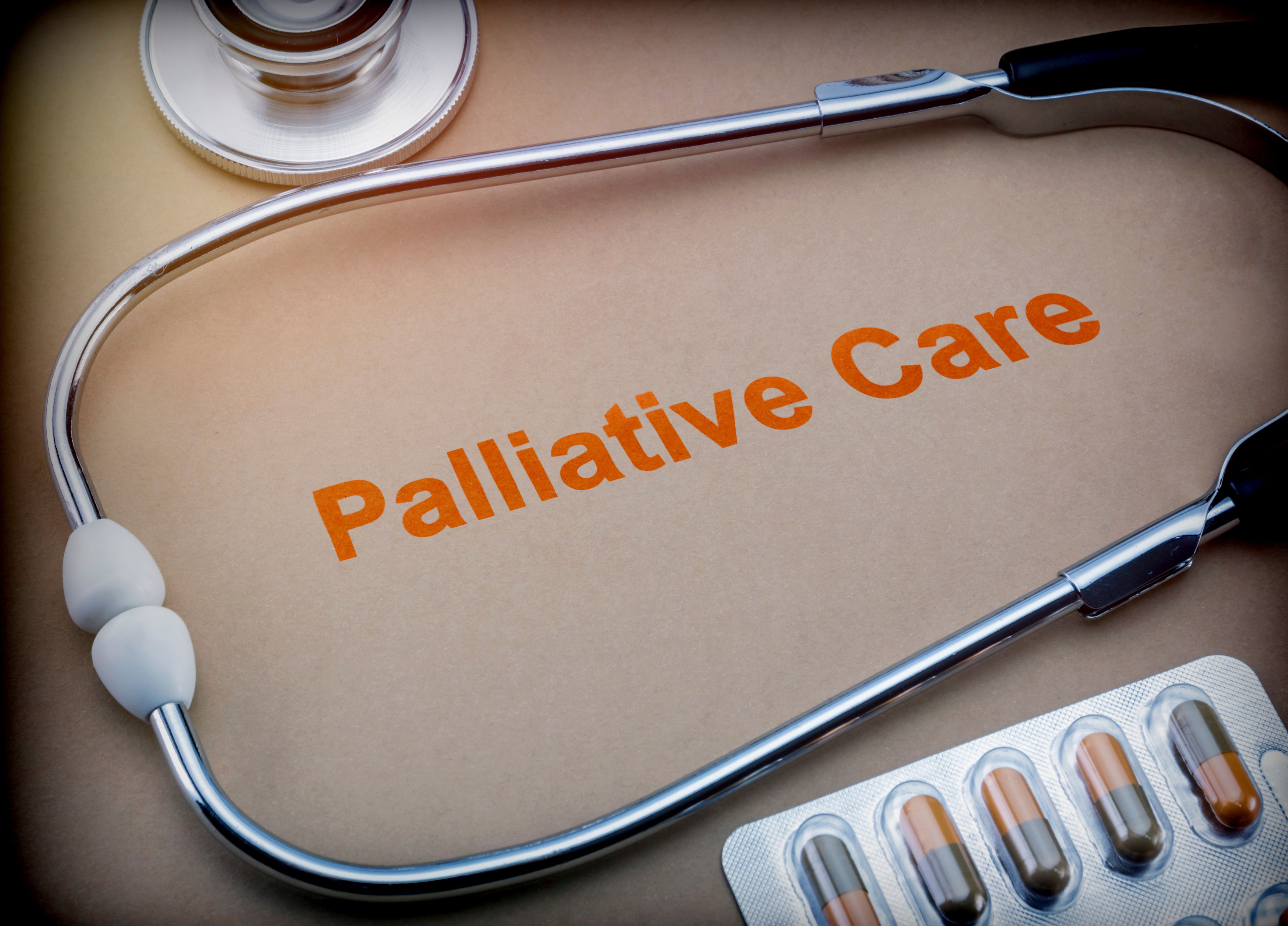Publication
Article
CURE
Risk Factors
Author(s):
Esophageal cancer has two main subtypes, squamous cell carcinoma and adenocarcinoma. Until the late 1960s, adenocarcinomas were so rare that some doctors questioned whether they really existed. That has changed recently because of a rapid increase in the number of adenocarcinomas, so much so that the incidence of adenocarcinoma is currently greater than the incidence of squamous cell carcinoma.
The increase might be because of a rise in high-risk conditions and behaviors that lead to adenocarcinoma. Differences in risk factors between the two esophageal cancer subtypes include race, with adenocarcinoma being more prevalent in white males and squamous cell carcinoma being more prevalent in black individuals. And while obesity is considered a critical risk factor for adenocarcinoma, alcohol use is not.
>
Gastroesophageal Reflux Disease (adenocarcinoma): Continuous exposure of the esophagus to stomach acid can lead to abnormal growth of the cells of the esophagus, a condition known as Barrett’s esophagus. As a precursor to esophageal cancer, risk of cancer increases with how long the patient has experienced reflux symptoms and the severity the problem. Patients who have had surgical procedures that affect the esophageal sphincter (the valve between the esophagus and stomach) may also be at increased risk.
>
Smoking (both types) and Alcohol Use (squamous cell): People who smoke a pack or more a day have double the risk of developing adenocarcinomas of the esophagus as well as an increase in the risk of squamous cell. And though not as strong a risk factor as smoking, research shows that long-term heavy drinking increases a person’s risk of developing squamous cell carcinoma.
>
Dietary Factors (squamous cell): Diets rich in nitrates, found in pickled vegetables and smoked meats, can lead to an increased risk. Betel nuts, which are chewed in some parts of Asia, can also lead to an increased risk of esophageal cancer.
>
Obesity (adenocarcinoma): Obesity (body mass index greater than 30) is associated with a significant increase in the risk of esophageal adenocarcinoma. According to the American Cancer Society, the risk of dying from this cancer is increased by around 50 percent in obese men.
>
Esophageal Diseases (both types): Diseases of the esophagus can increase the risk of esophageal cancer, including achalasia, a rare disorder that results when the esophageal sphincter does not relax enough to allow the person to pass food into the stomach. Patients with caustic esophageal injury (scarring caused by exposure of the esophagus to burns or toxic substances, such as poisons or lye [substances that contain sodium or potassium hydroxide]) or patients who have had part of their stomach removed (partial gastrectomy) may have the same increased risk because of slow movement of food into the stomach.
>
Tylosis (squamous cell): Tylosis is a rare genetic disease that causes excess growth of the top layer of skin on the palms of the hands and soles of the feet. Individuals with this condition have about a 40 percent risk for esophageal cancer and should therefore be closely monitored.






